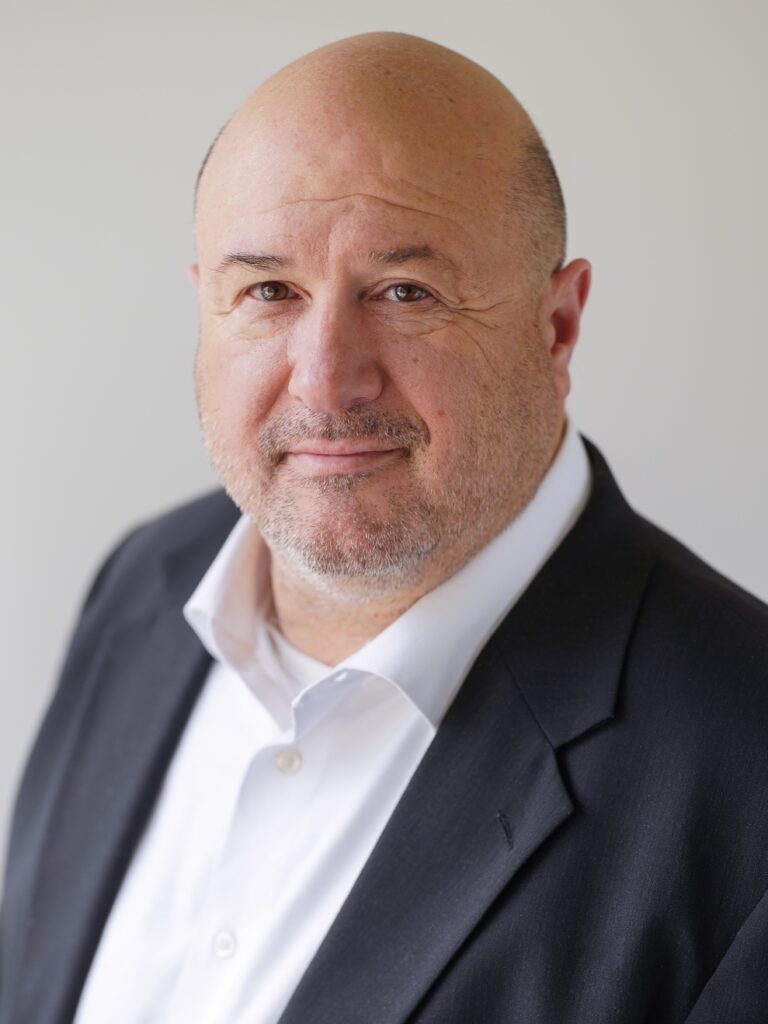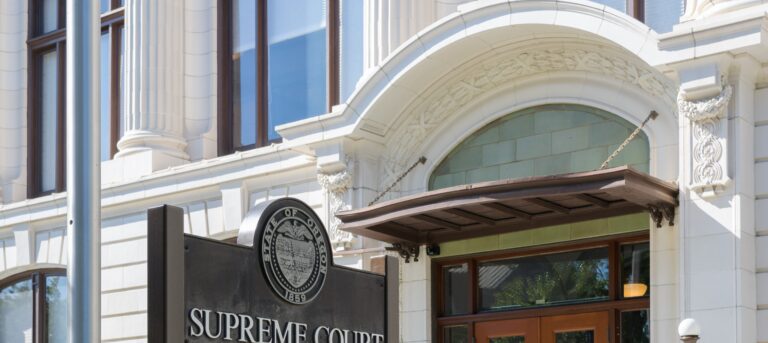Washington Supreme Court Analyzes Coverage in Tunnel Litigation
From the Desk of Paul Sheely:
In this recent case out of Washington, the Washington Supreme Court decided that coverage was not available for a costly 2-year construction delay in the replacement of the Alaskan Way Viaduct.
Claims Pointer:
The Washington Supreme Court looked at the language of a comprehensive insurance policy to determine coverage in the breakdown of the $2.15-billion-dollar replacement of Seattle’s Alaskan Way Viaduct. The Court held in favor of the insurance company, confirming that the tunneling machine malfunction, and subsequent 2-year, $44-million-dollar construction delay, was not covered under the terms of the policy.
Seattle Tunnel Partners, et ano. v. Great Lakes Reinsurance (UK) PLC, et al.,100168-1 (Wash. Sep. 15, 2022).
Facts:
In 2011, Seattle Tunnel Partners (“STP”) contracted with the Washington State Department of Transportation (“WSDOT”) to undertake a major construction project to replace the Alaskan Way Viaduct in Seattle. The plan was to construct a tunnel that would replace the viaduct using tunneling works and a tunnel boring machine, nicknamed “Bertha.” As part of the agreement between STP and WSDOT, STP obtained a builder’s all-risk insurance policy (“Policy”) from Great Lakes Reinsurance PLC and several other underwriters (collectively “Great Lakes”). The Policy named both STP and WSDOT as insureds and insured against damage to both the tunneling works and Bertha. Under the policy, the tunneling works referred to “the tunnel itself during the course of construction,” excluding Bertha. The Policy also included a “Machinery Breakdown Exclusion” (“Exclusion”) which read that “[the Insurers] will not indemnify the Insured [for] . . . [l]oss or [d]amage in respect to any item by its own explosion mechanical or electrical breakdown, failure breakage or derangement.”
Bertha began operating in July 2013. In December 2013, after excavating part of the tunnel, Bertha stopped working due to an alleged design defect. Bertha did not resume mining until December 2015, and the construction project was unable to continue during this two-year period while Bertha was disassembled, removed, and repaired. STP and WSDOT subsequently entered insurance claims under the Policy for the 2 years of lost construction time and estimated $44-million dollars in delay costs. Great Lakes denied coverage for the claims and STP and WSDOT sued for wrongful denial.
The trial court analyzed the terms of the Policy and ruled in favor of the insurance company. On appeal, STP and WSDOT asked the Washington Supreme Court to determine:
1. Whether a design defect is an internal cause of damage that falls within the Policy’s Machinery Break Down Exclusion;
2. Whether the Policy’s basis of indemnity provision covers losses due to project delays; and
3. Whether loss of use or functionality of the tunneling works constituted “direct physical loss, damage, or destruction” as required for coverage under the Policy.
Law:
Rules for interpreting insurance contracts in Washington are well settled. If a policy is clear and unambiguous, a Court must take the policy as it is and cannot create ambiguity where none exists. Kut Suen Lui v. Essex Ins. Co.,185 Wn.2d 703, 712, 375 P.3d 596 (2016).
However, if the policy language is ambiguous, the Court will take additional steps in its interpretation analysis. Language in an insurance contract is ambiguous if, on its face, it is open to two different but reasonable interpretations. Kut Sen Lui, 185 Wn.2d at 712.
When interpreting insurance policies, Washington Courts will typically look at the policy as a whole and decide the meaning of the language based on how the average person purchasing insurance would view it. Queen Anna Park Homeowners Ass’n v. State Farm Fire & Cas. Co., 183 Wn.2d 485, 489, 352 P.3d 790 (2015).
In an all-risk insurance policy, the applicable rule is that any loss that is not specifically excluded by the policy will be insured. Vision One, LLC v. Phila. Indem. Ins. Co., 174 Wn.2d 501, 513, 276 P.3d 300 (2012). Further, once the insured shows that their loss falls within the scope of the policy’s coverage, the burden shifts to the insurer to show the loss is excluded by specific policy language if they want to avoid providing the coverage. McDonald v. State Farm Fire & Cas. Co., 119 Wn.2d 724, 731, 837 P.2d 1000 (1992).
Analysis:
It was undisputed that Bertha itself suffered “physical loss, damage, or destruction” as required for coverage under the Policy, but the big question was whether the alleged cause of the damage—a design defect—could be covered under the Exclusion. The Court looked at the phrase “by its own” in the Exclusion and ultimately determined that the phrase did not extend insurance coverage to inherent or internal causes of damages, such as design defects.
The Court also looked at whether the losses from the project’s delay were covered under the Policy. Looking at the language of the insuring clause, the Court concluded that the Policy did not provide coverage for delay losses because the Policy only covered “direct, physical losses.” The Court rejected the argument that the Policy must cover the delay losses just because the delays were caused by the physical loss of Bertha. Instead, the Court concluded that the Policy did not provide coverage for delay or extension costs, even though the costs stemmed from a physical loss of the covered property: Bertha.
Finally, the Court turned to whether the Policy covered the loss of use of the tunneling works while Bertha was being repaired. The Court again turned to the Policy language that stated that coverage would only be provided in the event of “direct physical loss, damage, or destruction.” STP and WSDOT did not argue that the tunneling works itself was physically damaged, but instead argued that they were deprived of the use of the tunneling works because of the damage to Bertha. The Court rejected this argument as well and found that the indirect physical condition—the Bertha damage—did not directly cause a loss of use under the Policy because the tunneling works themselves were not physically lost, damaged, or destroyed. The Court, therefore, held that STP and WSDOT could not recover for loss of use for the tunneling works simply based on Bertha’s breakdown.
Big Picture:
This case gives a good example of how strong policy language can make a big difference. When providing insurance for large construction projects, it’s important to provide clear and straightforward standards for what is covered under a policy. Even if a phrase seems unambiguous at first, big money loss can turn even the simplest policy guideline into a blaze of litigation. To avoid policy interpretation issues and win big like Great Lakes did in this case, it’s imperative to set out clear, concise, and consistent policy guidelines. This will ensure that all parties are on the same page about what’s covered under a policy from the outset of a project.

















